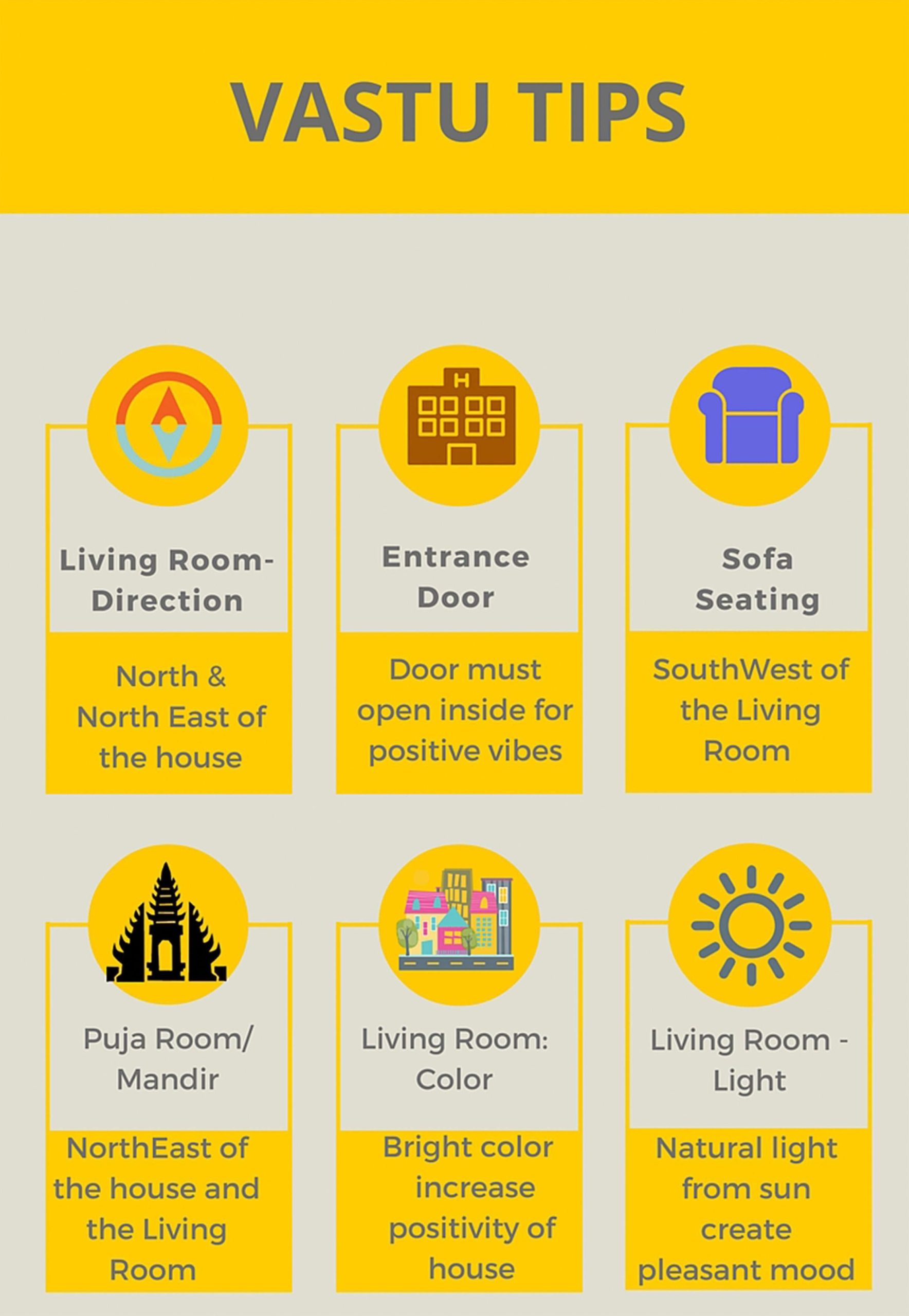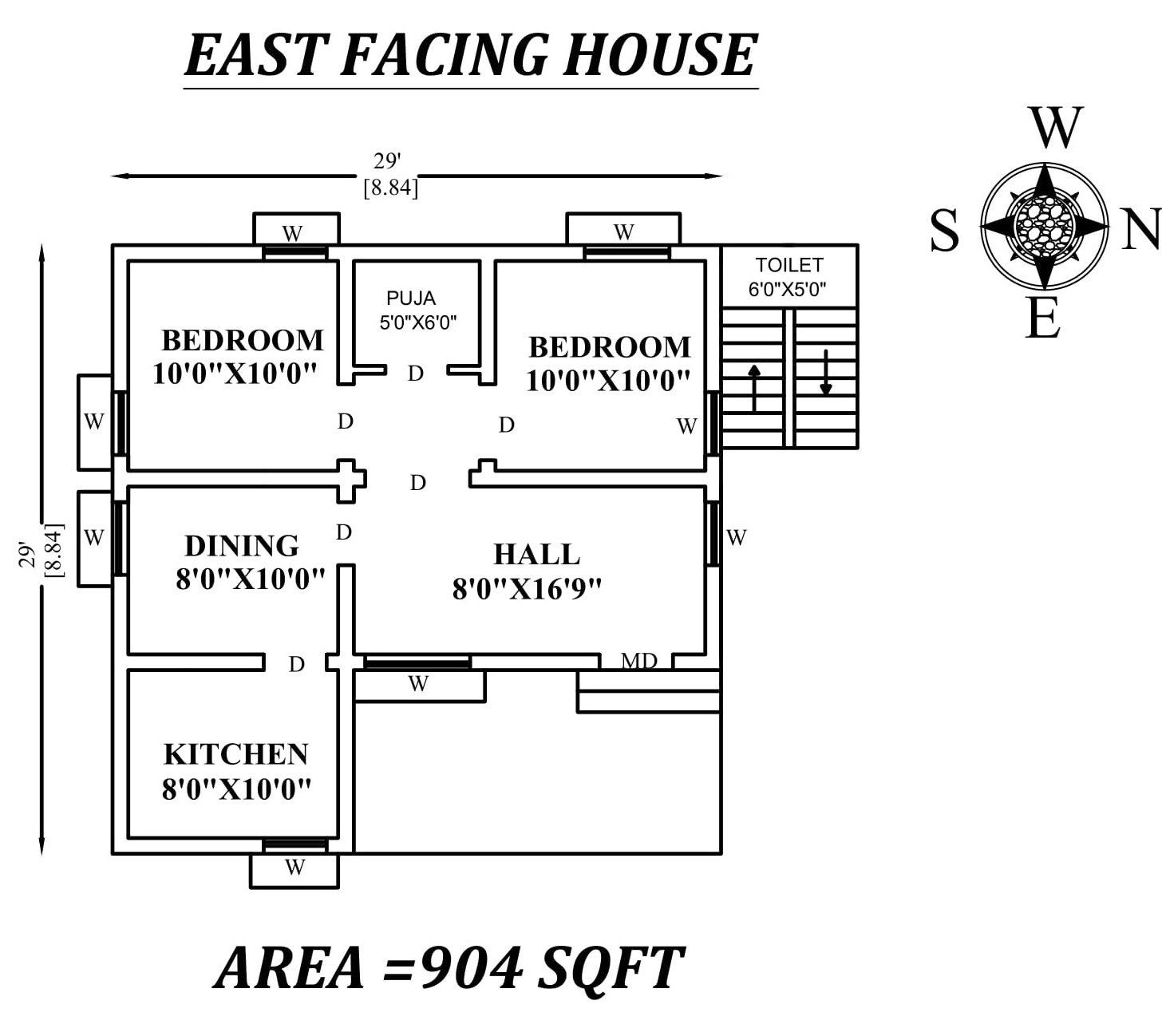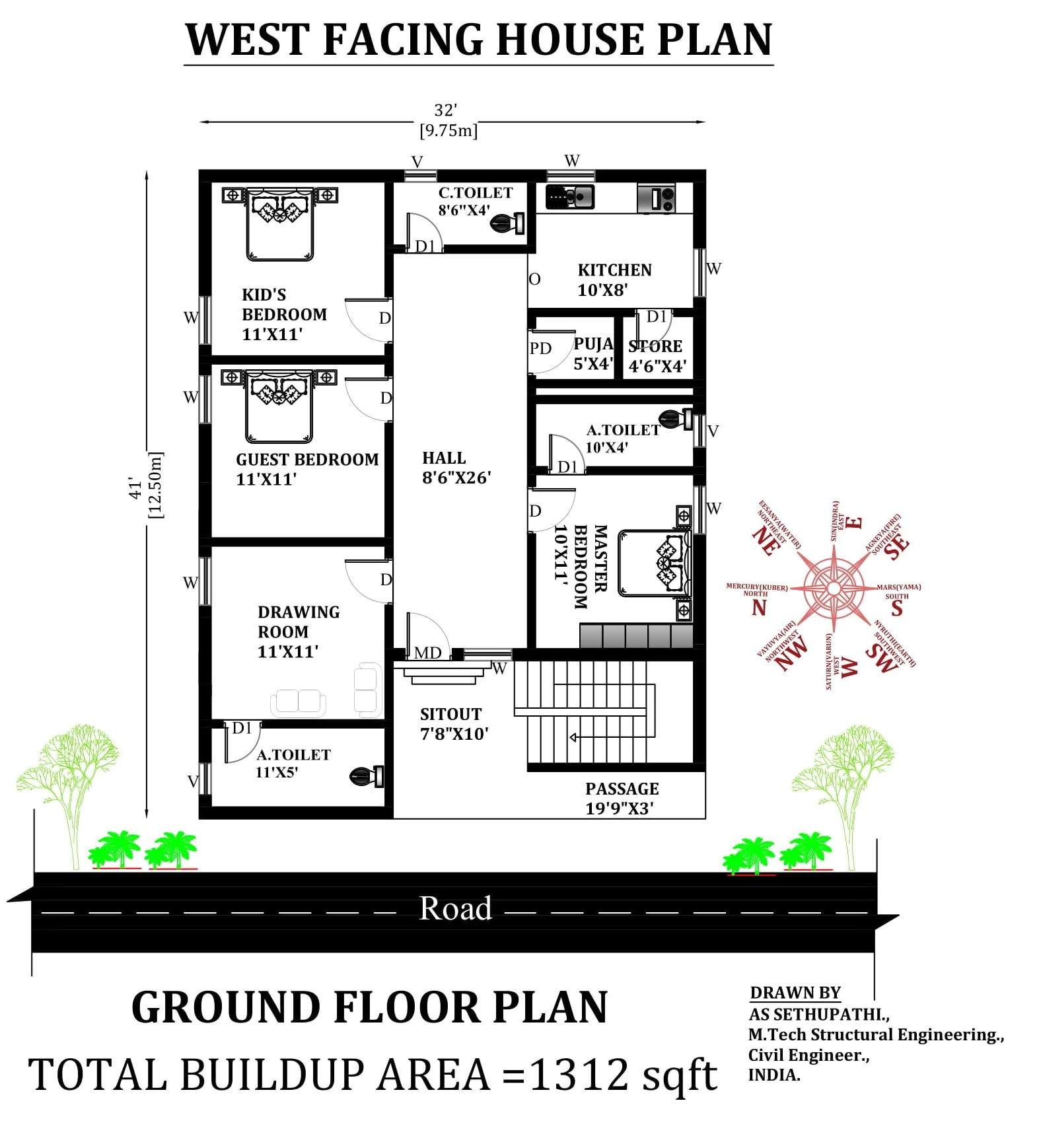Delve into the Art of Home Design as per Vastu Shastra for Harmony and Well-being. Uncover the secrets of this ancient Indian design philosophy and learn how to incorporate its principles into your modern home to foster a profound connection between your living space and your well-being.
Key Takeaways:
- Ideal room shapes include squares and rectangles.
- Ensure ample lighting and airflow in rooms.
- Leave the center of the house uncluttered.
- Place heavy furniture, such as almirahs and stairs, in the southwest direction.
Home Design as per Vastu Shastra

Have you ever felt stuck or uncomfortable in your home? It could be a sign that your home’s energy flow is not in harmony. Home design as per vastu shastra is an ancient Indian philosophy that aims to create a positive and healthy living space by balancing the five elements of nature: earth, water, fire, air, and space. Here’s how you can incorporate vastu principles into your home design:
Room Shape
According to vastu, square or rectangular rooms are ideal. Avoid irregular shapes, especially in the bedroom and kitchen.
Lighting and Airflow
Well-lit and airy rooms promote positive energy. Natural light is preferred, so position windows strategically to maximize daylight.
Central Space
The center of the house, known as the “Brahmasthan,” should be empty. It’s considered the most sacred space and should not be used as a storage area.
Heavy Furniture Placement
Place heavy furniture, such as almirahs and stairs, in the southwest direction. This helps stabilize the energy flow and provides a sense of grounding.
Vastu Shastra Home Design Benefits:
- Improved well-being: A harmonious home environment can promote physical, mental, and emotional health.
- Increased energy levels: A well-lit and airy space can energize you and make you feel more productive.
- Enhanced creativity: A clutter-free and organized home can stimulate creativity and innovation.
- Better sleep: A restful sleep is essential for well-being. Vastu principles can help create a peaceful and calming bedroom environment.
- Improved relationships: A harmonious home environment can foster positive and loving relationships.
Incorporating home design as per vastu shastra principles into your home is not about following strict rules but about creating a space that resonates with you on an energetic level. Remember, your home is a reflection of yourself, so design it in a way that makes you feel happy, healthy, and fulfilled.
Protect your home and family with the best home alarm systems in Winnipeg.
Watch the iconic Home Alone 2 Hindi dubbed movie for some nostalgic entertainment.
Find out when your local Home Bargains store closes to avoid disappointment.
Get inspired for your dream home with this comprehensive home design checklist.
Explore stunning home design exterior ideas for your home in India.
Creating Positive Energy Flow
Do you desire a home that emanates harmony and positivity? Incorporating Vastu Shastra principles into your home’s design can help achieve this. Creating a positive energy flow through your space can promote well-being, abundance, and harmonious relationships.
Key Takeaways:
- Orient the main entrance towards the northeast to welcome auspicious energy.
- Allow ample light and air flow through north and east-facing windows.
- Use light colors to create a sense of spaciousness and positivity.
- Place a water fountain or aquarium in the northeast corner for prosperity.
- Keep your home clean and clutter-free to remove negative energy.
Benefits of Creating Positive Energy Flow:
- Improved well-being and happiness
- Increased abundance and prosperity
- Enhanced creativity and productivity
- Harmonious relationships
Tips:
- Use natural materials like wood and stone in your décor to create a calming atmosphere.
- Avoid placing heavy furniture in the center of the house, which is considered sacred.
- Maximize sunlight by using large windows and skylights.
Additional Sources:
- Vastu Shastra Guide: Embrace Vaastu in Your Home for Positive Energy
- Vastu Tips: 25 Ways to Boost Positive Energy in Your Home
Balancing the Five Elements in Home Design

In the realm of home design, the balancing of the five elements—water, earth, fire, air, and space—plays a pivotal role in creating harmonious and energy-efficient living spaces. According to the ancient Indian philosophy of Vastu Shastra, each element holds a unique significance and contributes to the overall well-being of the occupants. By incorporating these elements into your home design, you can foster a positive environment and enhance the flow of energy.
Significance of the Five Elements
- Water: Represents emotions, purification, and rejuvenation. Its presence in the home promotes tranquility and fluidity.
- Earth: Provides a firm foundation, stability, and grounding. It creates a sense of security and belonging.
- Fire: Brings energy, transformation, and warmth. Its presence in the home ignites creativity and passion.
- Air: Signifies movement, freshness, and communication. Its presence in the home promotes clarity of thought and facilitates interaction.
- Space: Represents expansion, openness, and connection. Its presence in the home fosters a sense of freedom and encourages a broader perspective.
Key Takeaways:
- Each element should be present in the home in a balanced proportion.
- Imbalances in the elements can disrupt the energy flow and create disharmony.
- Incorporating the elements into home design involves placing objects, colors, and textures that represent each element in the corresponding directions.
Tips for Incorporating the Elements
- Water: Add a water body, such as a fountain or aquarium, in the north direction.
- Earth: Display pot plants or use earthy colors in the southwest direction.
- Fire: Place fire-related elements, such as candles or a fireplace, in the southeast corner.
- Air: Hang wind chimes on windows or use sheer curtains to promote air circulation.
- Space: Create open and airy spaces in the center of the home or by using mirrors to expand the perceived space.
By harmoniously integrating the five elements, you can create a home that not only delights the senses but also nurtures your well-being and promotes abundance.
Citations:
- Vastu Tips for House | How to Add Vastu Elements to Your Home – Livspace
- Balancing the Five Elements: Vastu for a Peaceful Home – Medium
Vastu Tips for Specific Rooms
To design your home according to the ancient Indian philosophy of Vastu Shastra, it’s crucial to consider the energy flow and balance of elements within each room. Here’s a guide to help you create harmonious spaces:
Master Bedroom
- Southwest corner: Provides stability and grounding.
- Light and airy: Promotes positivity and well-being.
- Wooden furniture: Creates a calming and cozy atmosphere.
Children’s Bedroom
- Northwest or northeast corner: Enhances creativity and learning.
- Bright colors: Stimulates imagination and cheerfulness.
- Adequate storage: Ensures order and reduces clutter.
Living Room
- North or northwest: Fosters gatherings and entertainment.
- Natural materials: Such as wood and stone, promote a sense of warmth and connection.
- Open layout: Encourages energy flow and promotes socialization.
Kitchen
- Southeast corner: Attracts positive energy and abundance.
- Adequate ventilation: Removes cooking odors and promotes freshness.
- Fire element: Use red or orange accents and appliances to enhance energy levels.
Bathroom
- Avoid northeast corner: Negative energy zone as per Vastu.
- Water element: Incorporate blue or green tiles and textures to promote relaxation and rejuvenation.
- Clean and well-organized: Ensures hygiene and reduces negative energy buildup.
Key Takeaways:
- Consider each room’s function and energy needs.
- Choose corners and orientations that align with Vastu principles.
- Pay attention to colors, materials, and storage.
- Balance the elements of nature within each space.
- Create open and airy layouts to promote energy flow.
Relevant URL Sources:
- Vastu Tips for Home Design: Enhance Your House Plan
- Vastu Shastra Guide: Embrace Vaastu in Your Home for Positive Energy
FAQ
Q1: How can I incorporate Vastu principles into my existing home design?
A1: Reorienting the main entrance, optimizing room allocations, and adding natural elements can be effective ways to enhance Vastu in an existing home.
Q2: What is the ideal shape for a house as per Vastu Shastra?
A2: Square or rectangular plots are considered ideal in Vastu, as they promote a balanced flow of energy.
Q3: Which direction should the main entrance face for maximum positive energy?
A3: The northeast direction is considered the most auspicious for the main entrance, attracting prosperity and well-being.
Q4: How do I maintain a harmonious energy flow in my home as per Vastu?
A4: Ensure proper ventilation, avoid clutter, and promote open spaces to allow positive energy to circulate freely.
Q5: Can I use Vastu principles in modern home designs?
A5: Yes, Vastu Shastra principles can be seamlessly integrated into modern home designs by adapting them to contemporary architectural styles and materials.
- 150+ Flowers That Start With S: A Comprehensive Guide - April 22, 2025
- 30+ Beautiful Flowers That Start With N (Pictures and Growing Guides) - April 22, 2025
- 40+ Flowers That Start With L: A Comprehensive Guide - April 22, 2025










